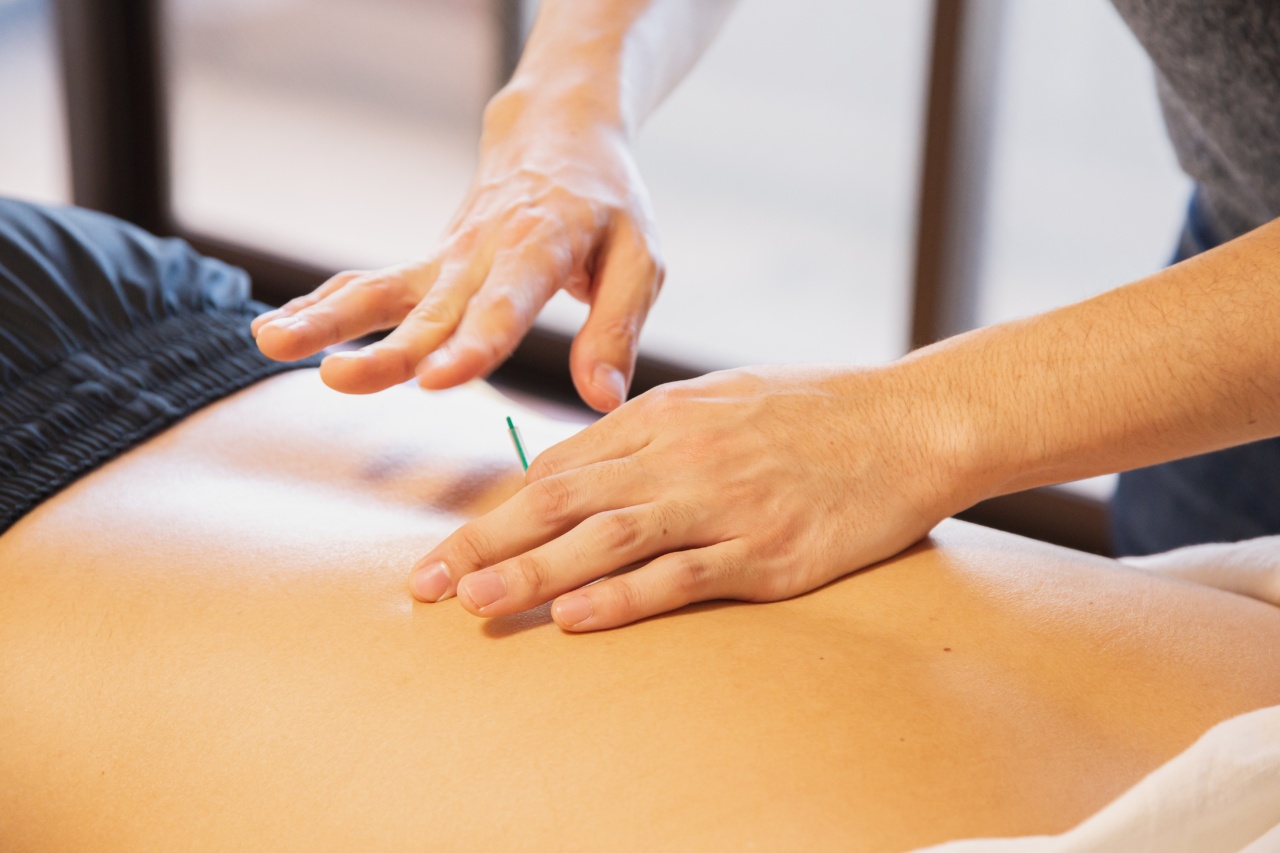A meniscus is a piece of cartilage that cushions the knee joint. A meniscus rupture occurs when the cartilage tears due to an injury or wear and tear. This injury can be debilitating, causing pain, swelling, and limited mobility.
In this article, we will discuss the diagnosis, treatment, and recovery of meniscus rupture.
Symptoms
The symptoms of a meniscus rupture include:.
- Pain, swelling, and tenderness on the inside or outside of the knee joint
- A popping sound or sensation at the time of injury
- Difficulty moving the knee joint
- Feeling of instability or “giving way” of the knee joint
Diagnosis
To diagnose a meniscus rupture, a doctor will typically perform a physical examination of the knee joint, looking for signs of swelling, tenderness, and limited mobility.
They may also order X-rays, MRI scans, or arthroscopy to confirm the diagnosis and determine the extent of the injury.
Treatment
The treatment for a meniscus rupture depends on the severity of the injury. For minor tears, non-invasive treatments such as rest, ice, compression, and elevation (RICE) and physical therapy may be recommended.
Pain relievers and anti-inflammatory medication may also be prescribed.
For more severe tears, surgery may be necessary. The two most common types of surgery for meniscus rupture are arthroscopic partial meniscectomy and meniscus repair.
Arthroscopic partial meniscectomy involves removing the damaged portion of the meniscus, while meniscus repair involves suturing the tear back together.
Recovery
The recovery time for meniscus rupture varies depending on the severity of the injury and the type of treatment received.
For minor tears treated with non-invasive methods, recovery can take several weeks, during which time the knee should be immobilized and physical therapy should be undertaken.
For those who undergo surgery, recovery can take several months. During this time, the patient will likely need to use crutches and physical therapy to regain mobility and strength in the knee joint.
It is important to follow the doctor’s instructions for exercise and activity to ensure a full recovery.
Prevention
While it is not always possible to prevent a meniscus rupture, there are steps that can be taken to reduce the risk of injury. These include:.
- Wearing proper footwear and protective gear during sports and other physical activities
- Using proper technique and form during exercises, particularly those that involve the knee joint
- Gradually increasing the intensity and duration of physical activity to avoid overuse injuries
Conclusion
A meniscus rupture can be a painful and debilitating injury, but with proper diagnosis, treatment, and recovery, most patients are able to regain full mobility and return to their normal activities.
If you experience symptoms of a meniscus rupture, it is important to seek medical attention right away to prevent further damage to the knee joint.




























